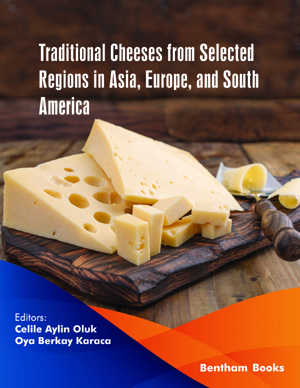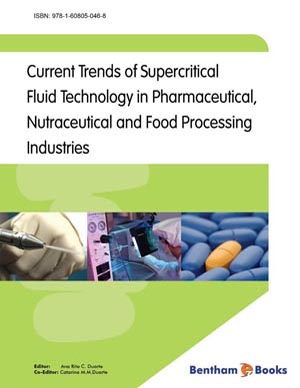Abstract
Edible seaweeds (macroalgae and microalgae) are considered superfoods of our waterways. Based on pigmentation seaweeds, macroalgae are classified into three groups, green seaweeds (Chlorophyta), brown seaweeds (Phaeophyta) and red seaweeds (Rhodophyta). Seaweeds are rich in macro and micro nutrients. They contain protein, dietary fiber, minerals, vitamins, polyphenols, peptides, sterols and polyunsaturated fatty acids. Apart from being a major nutritional source in the human diet, seaweed is considered a functional and nutraceutical due to its extra nutritional and physiological properties. Plethora of bioactive compounds with potential applications in food, medicinal, health and pharmaceutical industries are included in extensive research and industries. For example, phycocolloids from seaweeds are widely used in the food industry. Medicinal and pharmaceutical properties of edible seaweeds include anti-tumor property, anti-viral property, anti-coagulant property, anti-Alzheimer’s property, and anti-oxidant property. Thus, a vast scope of investigating and understanding bioactive compounds from edible seaweeds is welltimed.



















